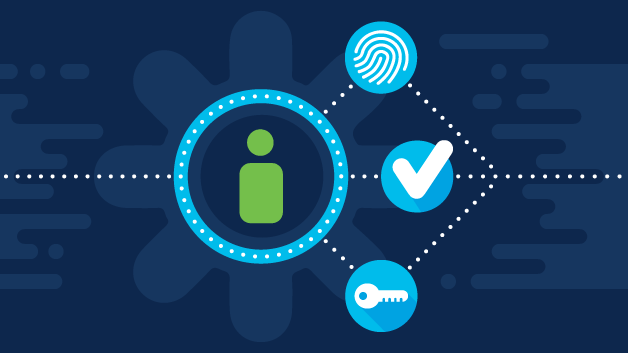Managed identity management is becoming a popular alternative to managing passwords and usernames on your own. It can be managed by automated software or another party with full control over your account identity.
When it comes to identity management, there are a few key things to keep in mind. First, you'll want to make sure that your chosen managed identicalness management system can meet your specific needs. Second, you'll need to decide how you want your identity managed. Third, you'll need to understand what to expect during the setup and operation of the system.

Image Source: Google
MIM is a technology that automates password management, identity management, and authentication for users in an organization.
MIM services can help you create, manage, and enforce passwords; control who can access your systems; and verify the identities of users.
MIM can also help you automate the process of verifying user identities and issuing authentication tokens.
Some benefits of using MIM include:
1. Decreased security risks:
MIM helps you create and manage strong passwords, which reduces the chances that unauthorized individuals will be able to access your systems.
2. Increased productivity:
MIM can help you automate many common tasks related to identity management, such as creating and managing user accounts and passwords, issuing authentication tokens, and enforcing access controls.
What are the different types of managed identity management systems?
1. Centralized MIMS:
These systems are run by a centralized organization, like an organization's IT department. This type of MIMS is often used in large organizations because it is easier to manage than decentralized MIMS.
2. Decentralized MIMS:
These systems are run by individual users or groups of users. This type of MIMS is popular in smaller organizations because it is more flexible and adaptive than centralized MIMS.